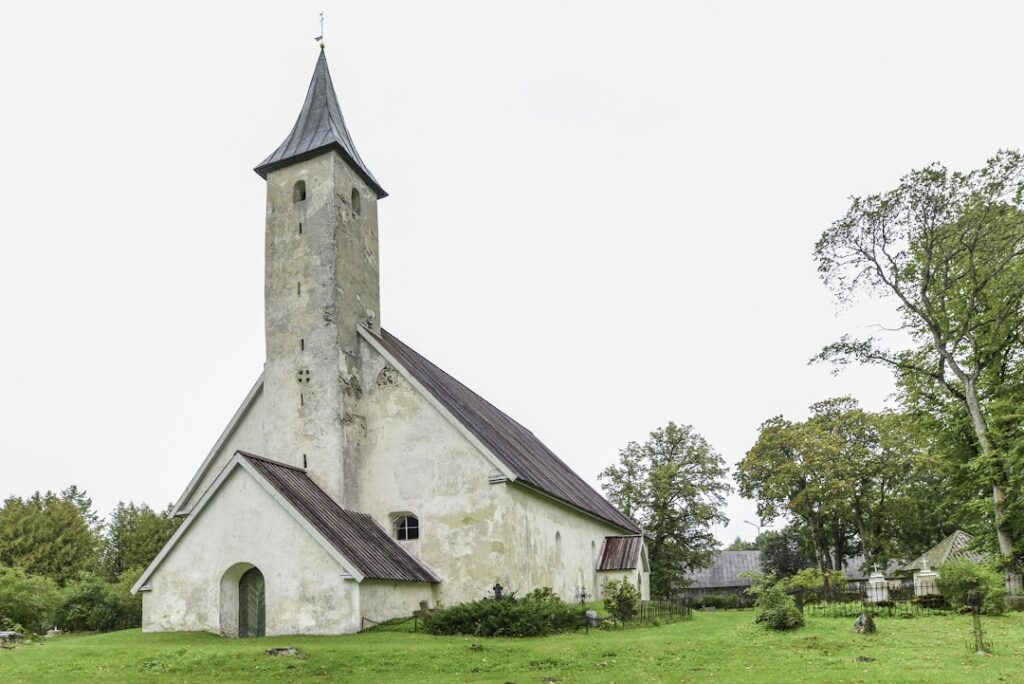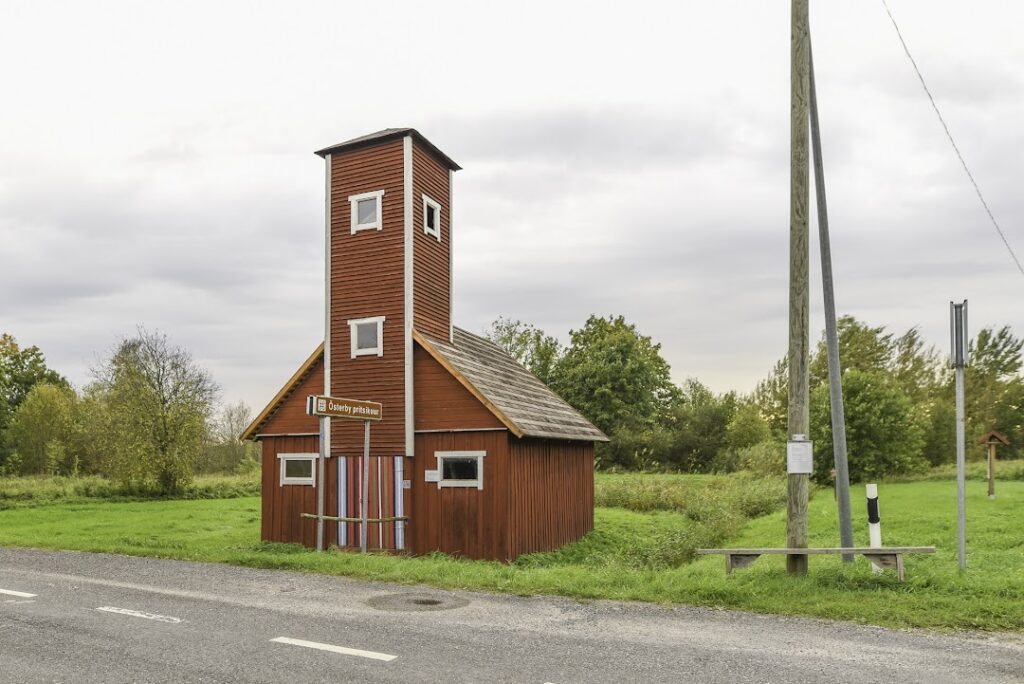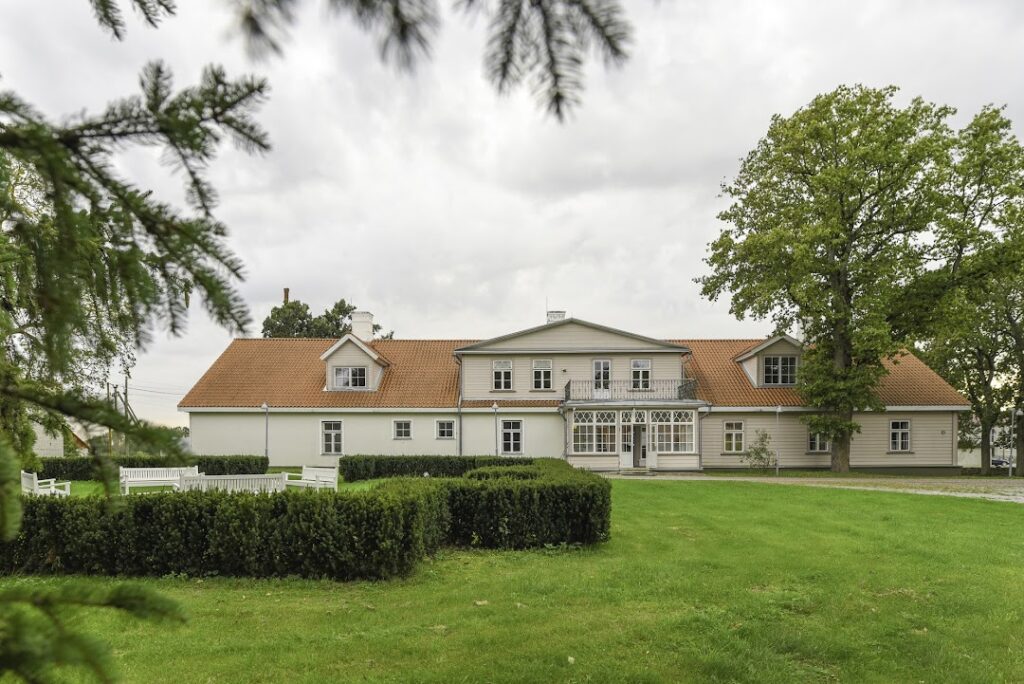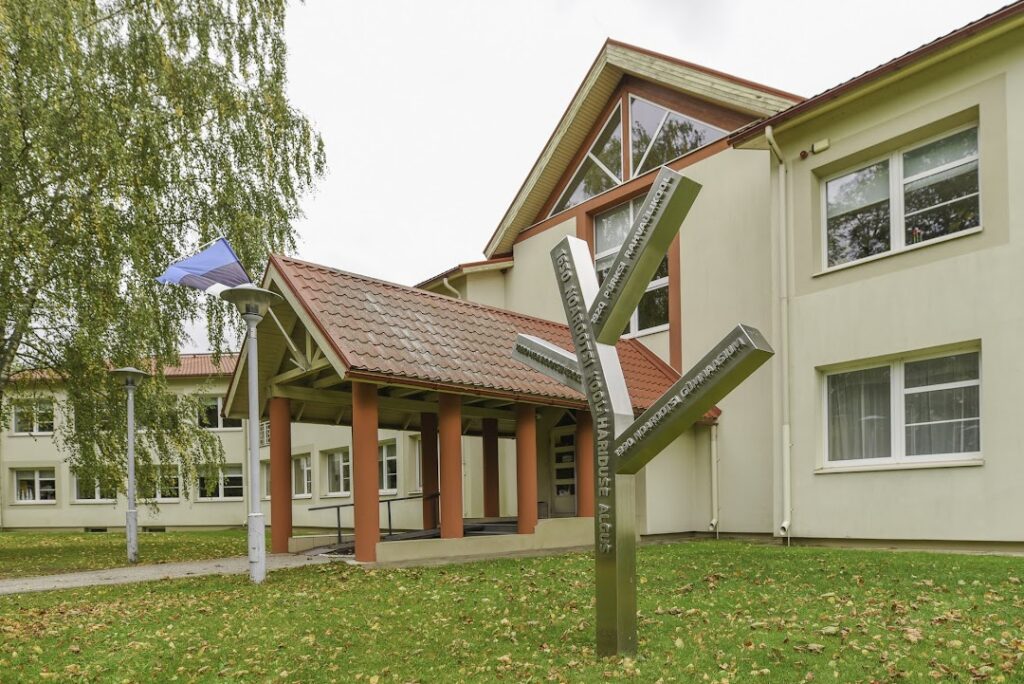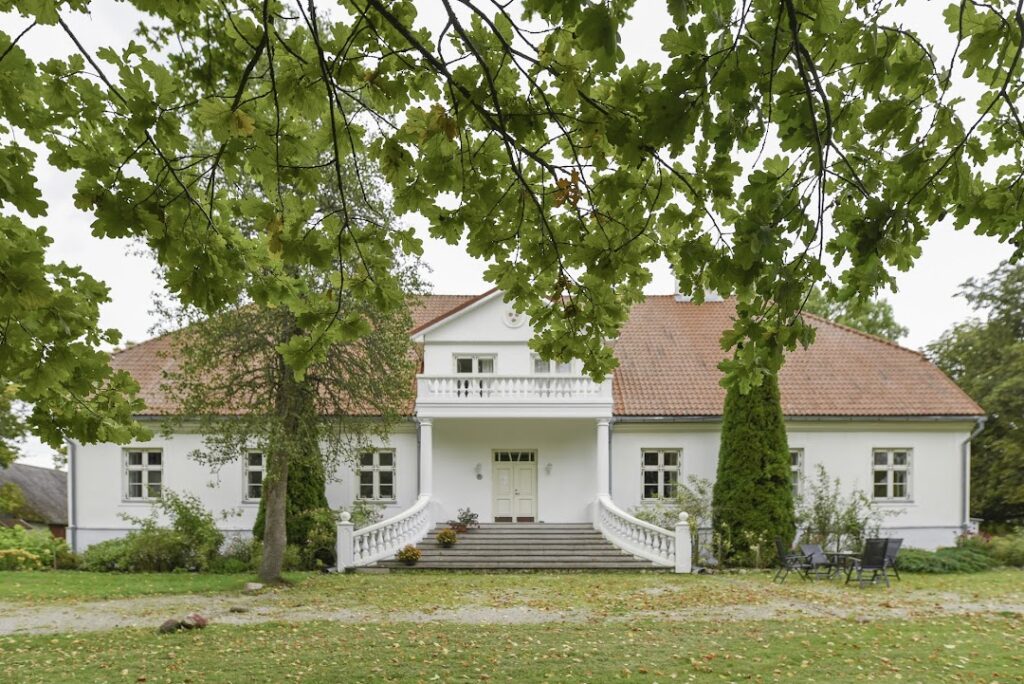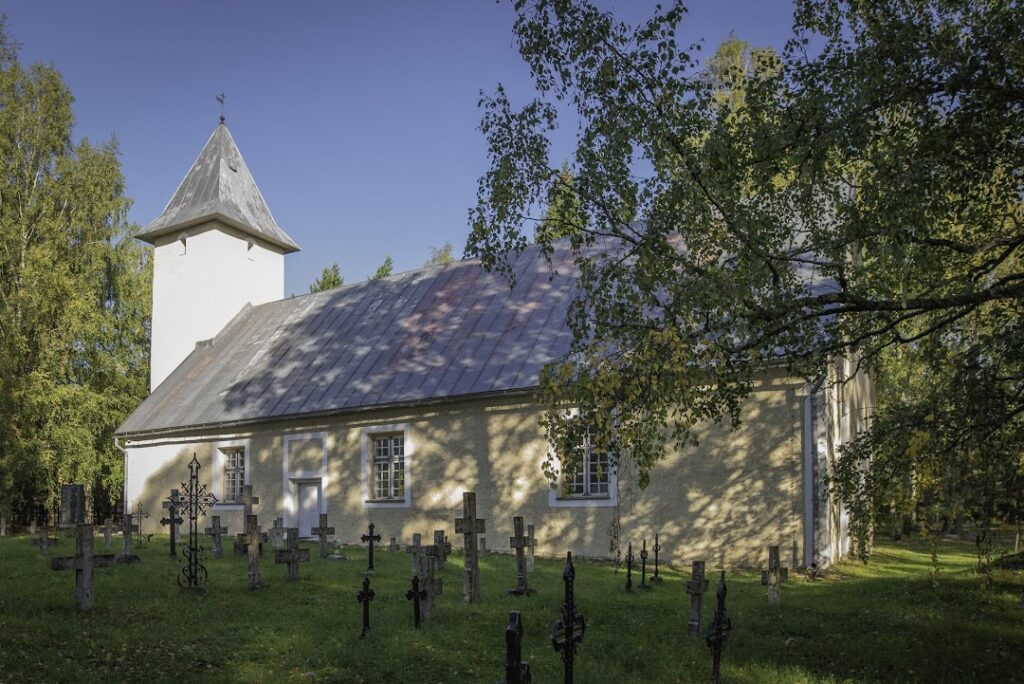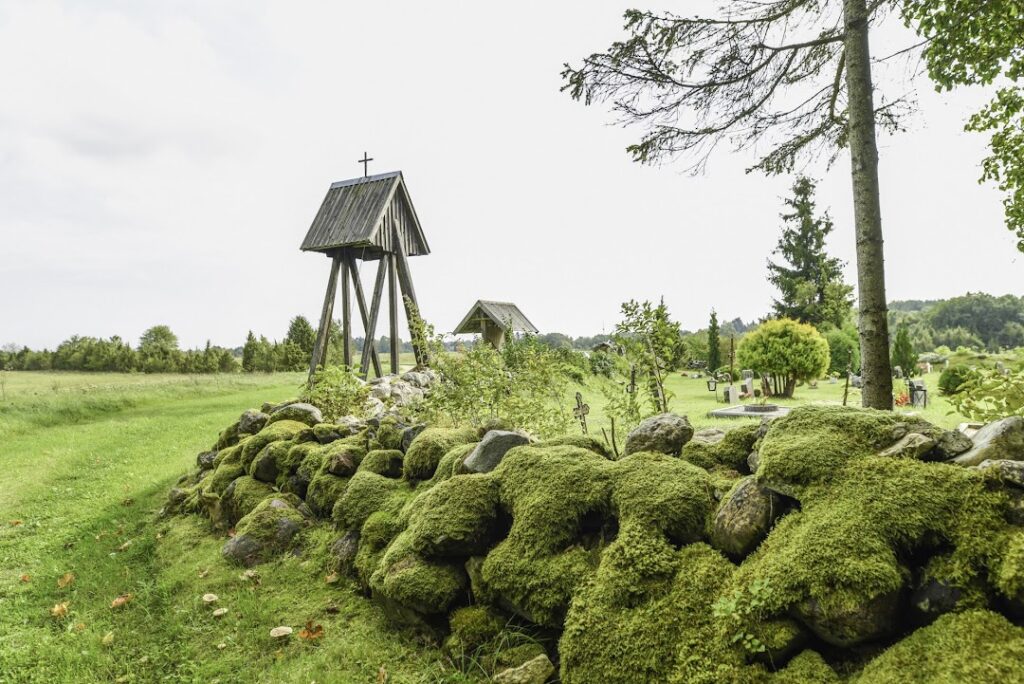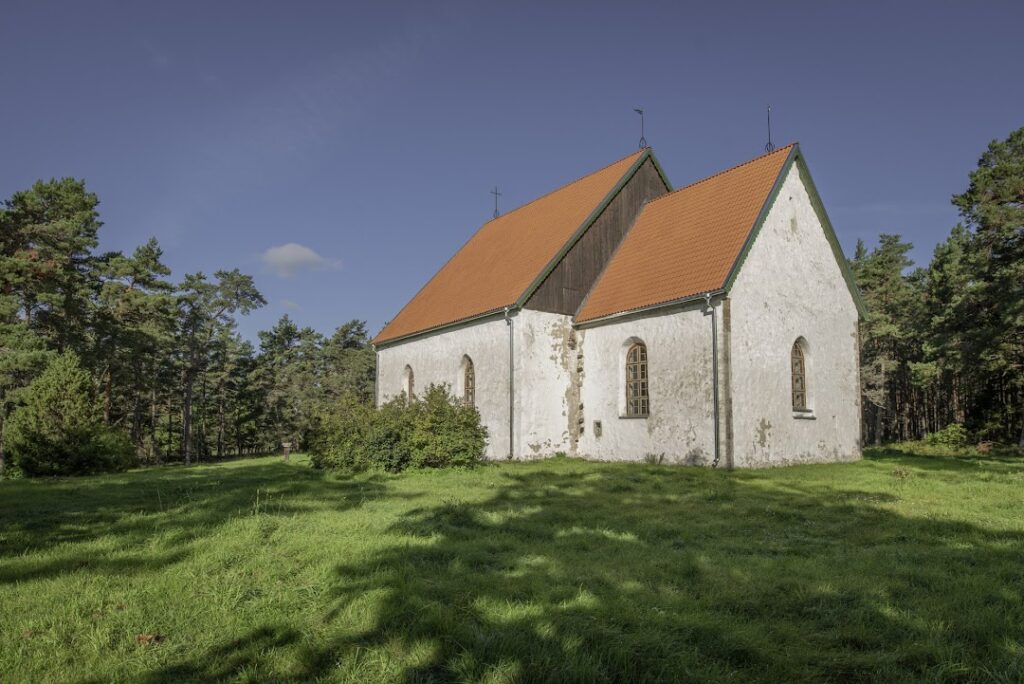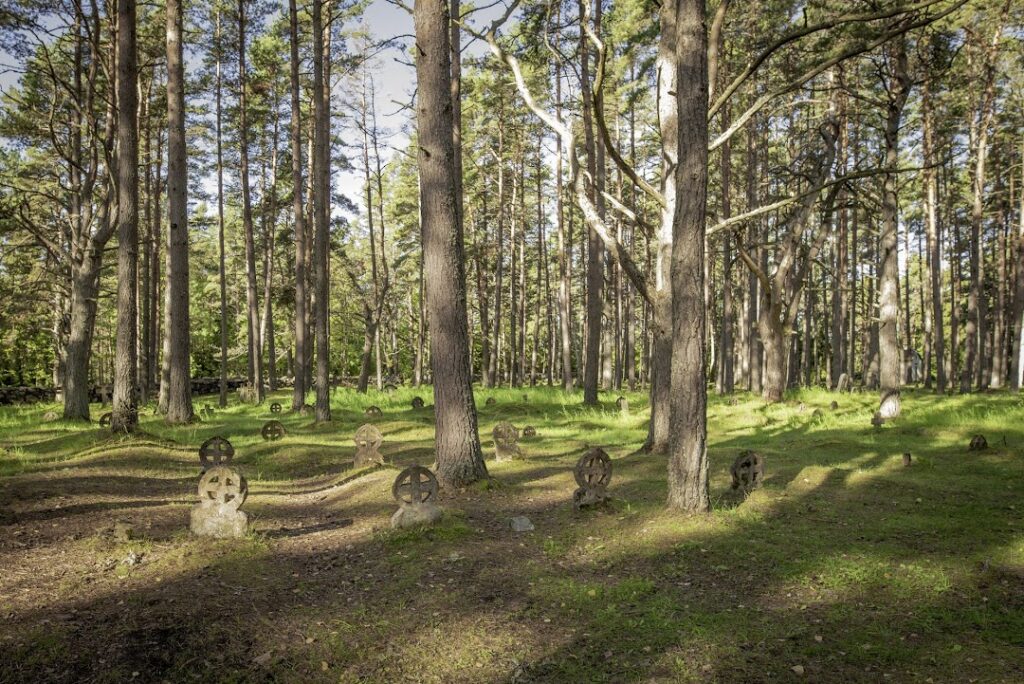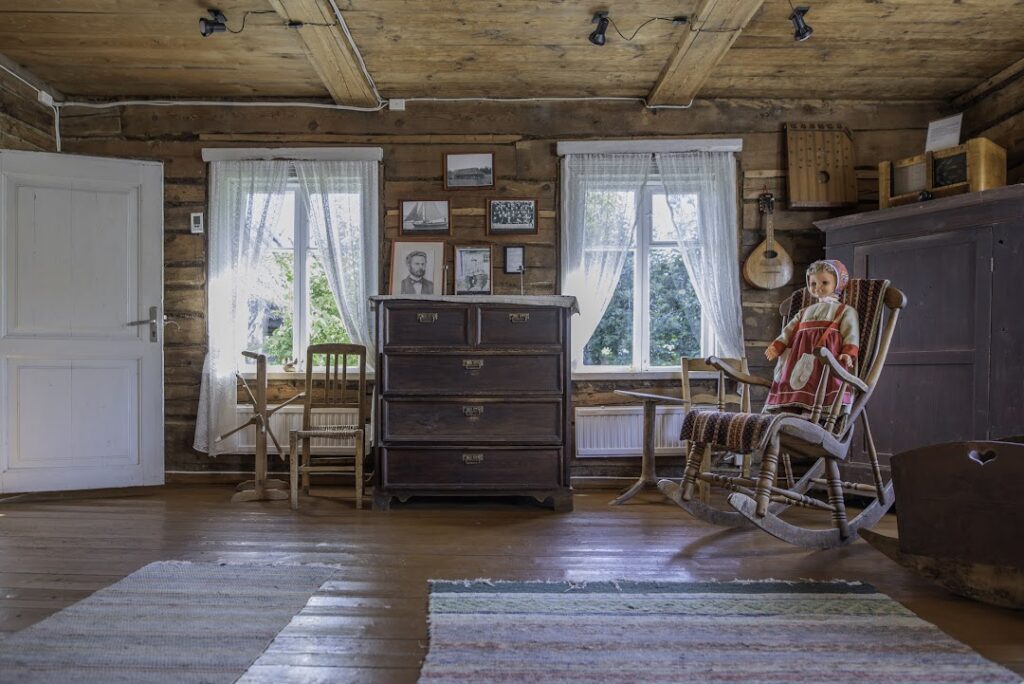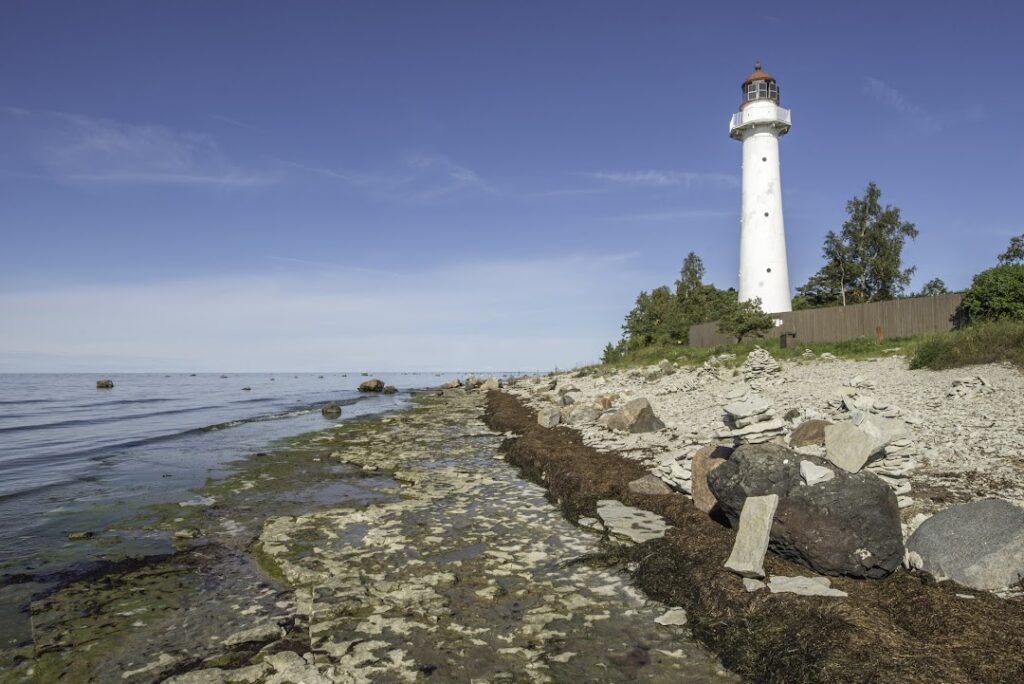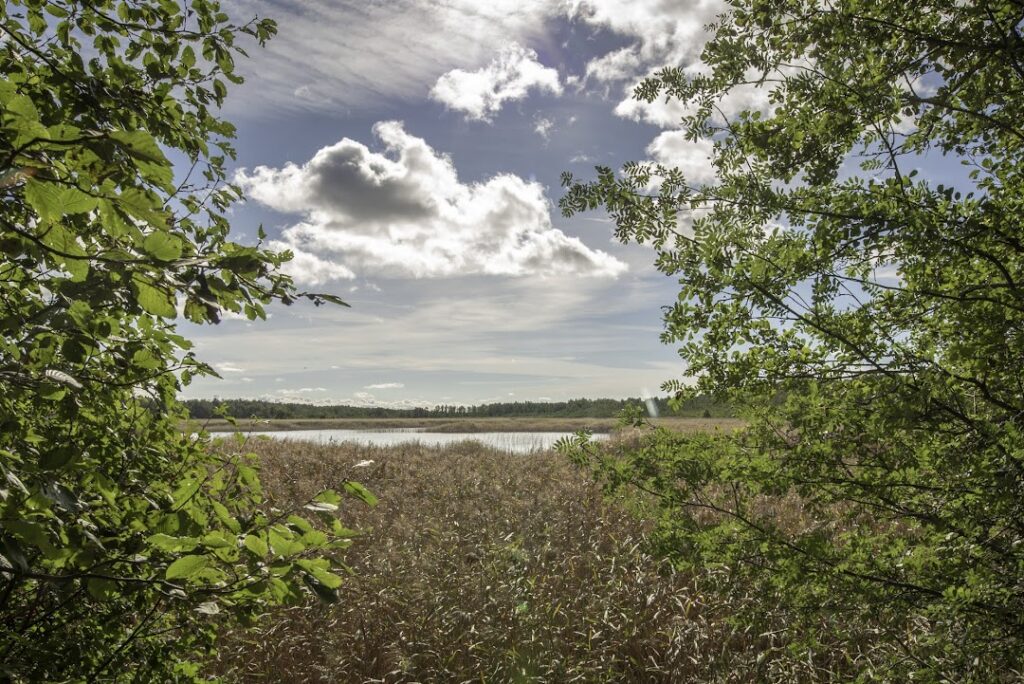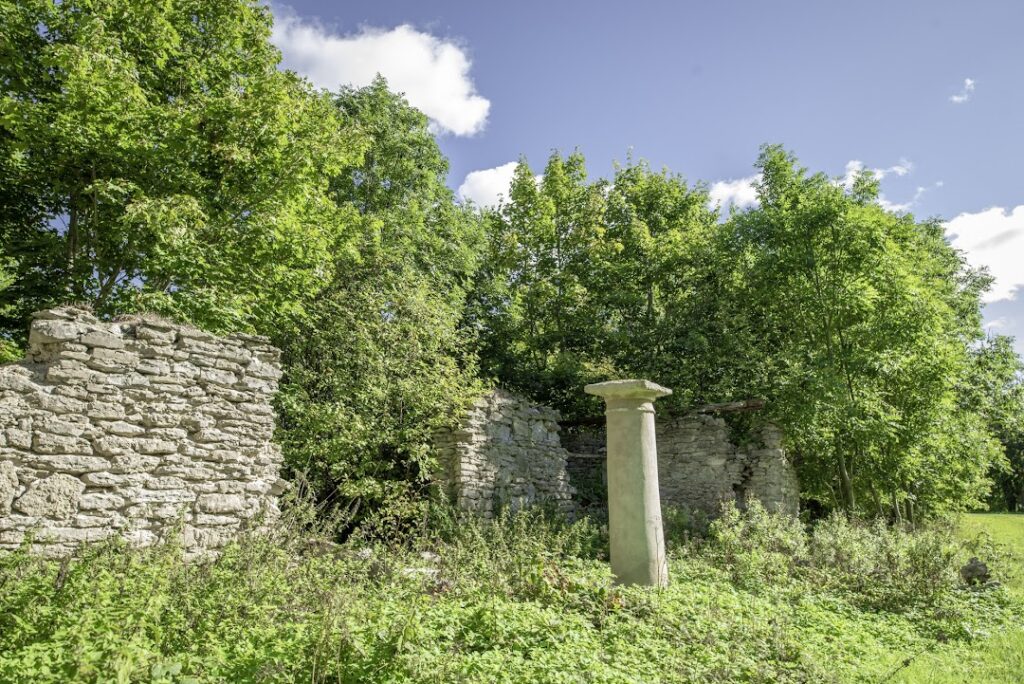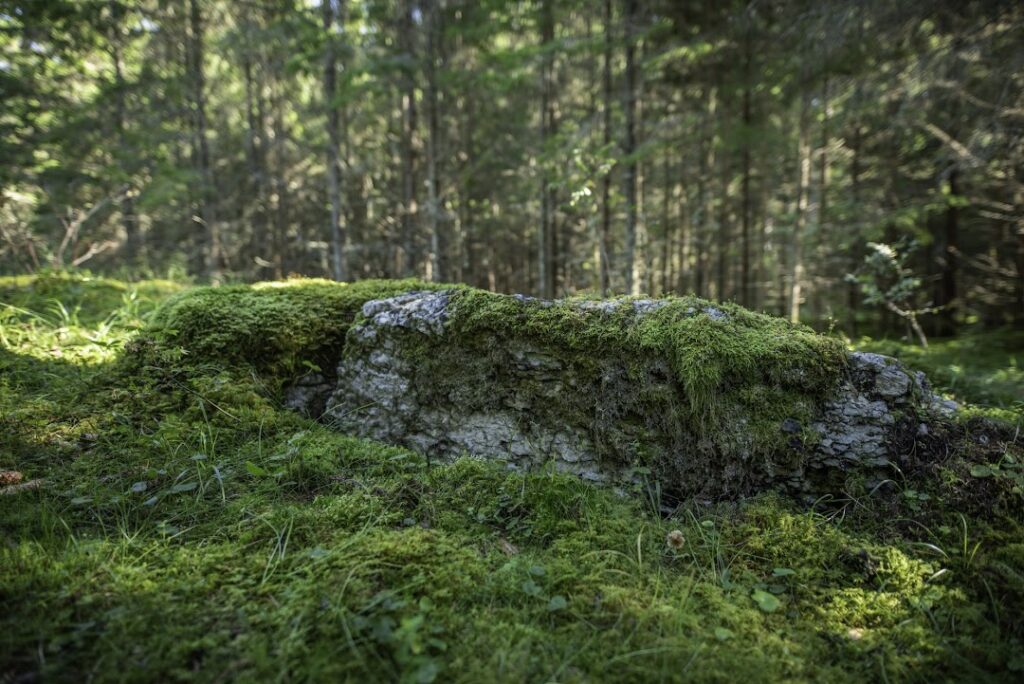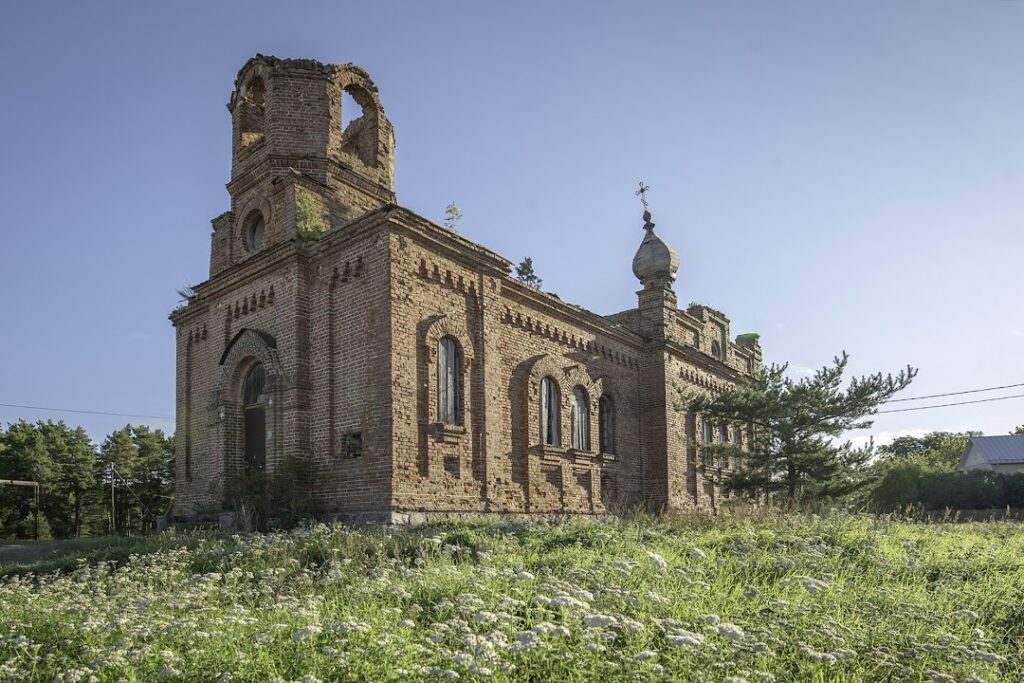Heritage of Estonian Swedes
Who are the Estonian Swedes?
The Estonian Swedes lived on the north-west coast of mainland Estonia from Haapsalu to Kurkse, and on the islands of Naissaare, Suur- and Väike-Pakri, Osmussaare, Vormsi, Hiiumaa and Ruhnu. These regions were collectively known as Aiboland, which translates to “the lands of the islanders”.
They spoke Swedish, but each locality had its own dialect akin to a secret language, incomprehensible to foreigners. Linguists believe that the dialects
of the Estonian Swedes originate from southern Sweden: the coast of Kalmar, Öland, Gotland, Östergötland. Archaeological excavations would give a more precise answer.
The Estonian Swedes, or Coastal Swedes as they have been called over time, have lived on the Estonian coast and islands since the 13th century. In the context of Haapsalu, Swedes were first mentioned in the second town privileges issued for Haapsalu in 1294.
Walk in the lands and footsteps of this ethnic group, learn fascinating facts and experience their culture firsthand!
Nõva
Nõva - a place of untouched nature and endless sandy beaches
The Estonian Swedes, or Coastal Swedes, as they have been called over time, lived on the north-west coast of mainland Estonia from Haapsalu to Kurkse, and on the islands of Naissaare, Suur- and Väike-Pakri, Osmussaare, Vormsi, Hiiumaa and Ruhnu. These regions were collectively known as Aiboland, which translates to “the lands of the islanders”.
The Estonian Swedes have lived around here since the 13th century. Walk in the lands and footsteps of this ethnic group, learn fascinating facts and experience their culture firsthand!
Discover Nõva – a place of untouched nature and endless sandy beaches!
Read more
The potato caves of Kõlgumäe are located a short distance before the road junction to Peraküla, at a place that is known locally as Kõlgumäe or Kõlguta hill. The potato caves probably date from the 1920s when sacristan Mart Martin lived in Kõlgumäe and ran a starch factory with his son.
Noarootsi
Noarootsi – the birthplace of the legend of the Swedes with knives
The Estonian Swedes, or Coastal Swedes, as they have been called over time, lived on the north-west coast of mainland Estonia from Haapsalu to Kurkse, and on the islands of Naissaare, Suur- and Väike-Pakri, Osmussaare, Vormsi, Hiiumaa and Ruhnu. These regions were collectively known as Aiboland, which translates to “the lands of the islanders”.
The Estonian Swedes have lived on the Estonian coast and islands since the 13th century. Walk in the lands and footsteps of this ethnic group, learn fascinating facts and experience their culture firsthand!
Discover Noarootsi – the bithplace of the legend of the Swedes with knives!
Noarootsi church and clergy house
St. Catherine’s Church in Noarootsi was probably built in the 13th or 14th century. It was first mentioned in 1500. Noarootsi church is unique among the churches of Lääne county for its structure that has three naves and no vaulting.
Österby village and harbour
Österby harbour has always been the connection between Noarootsi and Haapsalu, as the distance by sea across the bay is about 3 km. The distance is covered by boat in the summer and via the ice in the winter. Österby is also the starting point of the Noarootsi-Haapsalu ice road.
Pürksi manor (Birkas)
Pürksi manor (Birkas in German) was founded in 1620 and initially changed hands frequently. By the end of the 18th century it belonged to the von Rosen family.
Noarootsi education tree
In front of the Noarootsi schoolhouse sits a metal installation bearing four years along with the name of the school. This is the Noarootsi Education Tree, which was unveiled in 2020 as a celebration of the 370th anniversary of education in Noarootsi – the tree’s branches mark four different schools.
Saare manor
Saare (Lyckholm) originally referred to a separate demarcated parcel of land on top of an island. The former island of Lyckholm merged with Noarootsi in the 19th century. Lyckholm was first mentioned in 1627.
Rooslepa Chapel and cemetery
The history of the Rooslepa Chapel dates back to the 17th century, when a wooden chapel was built by the road fork leading to the northern villages of Riguldi. Rooslepa chapel was one of the three filial churches of Noarootsi church, as it was a long way from Riguldi to the Noarootsi church.Sutlepa cemetery
Sutlepa chapel, currently an exhibit at the Estonian Open Air Museum, is one of the oldest surviving wooden churches in Estonia. Only its foundations remain in the cemetery where it once stood.
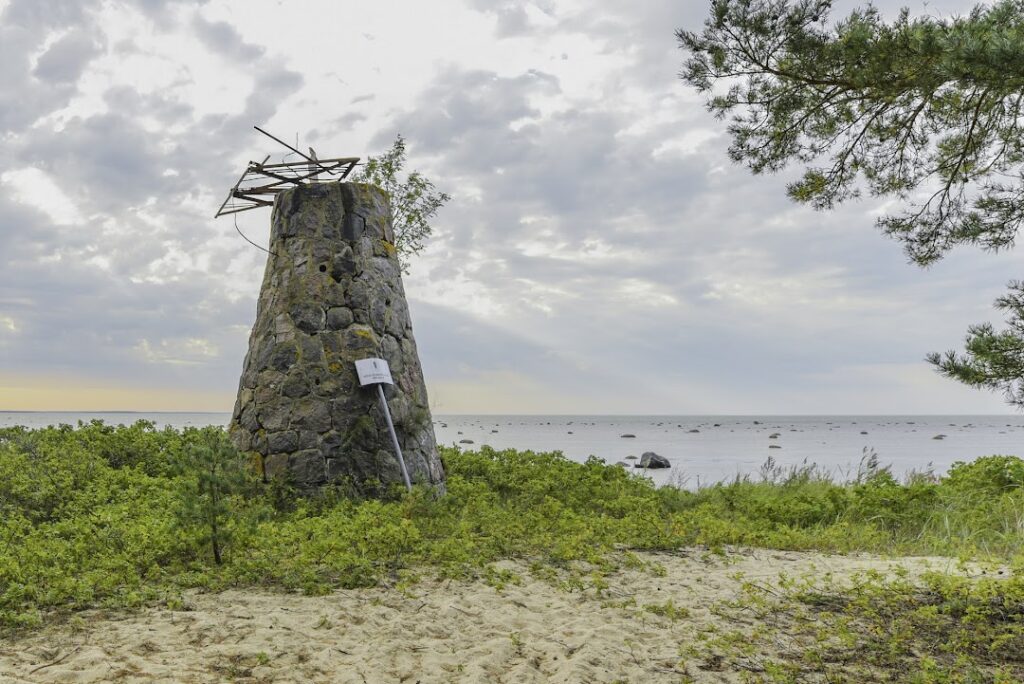
Read more
Telise day beacons are located on cape Telise on the Noarootsi peninsula. Day beacons were tower-shaped structures on the shore or in shallow water designed to ensure safe sailing and facilitate navigation. These day beacons are unique in Estonia.
Vormsi
Vormsi – birthplace of the Orm legends
The Estonian Swedes, or Coastal Swedes, as they have been called over time, lived on the north-west coast of mainland Estonia from Haapsalu to Kurkse, and on the islands of Naissaare, Suur- and Väike-Pakri, Osmussaare, Vormsi, Hiiumaa and Ruhnu. These regions were collectively known as Aiboland, which translates to “the lands of the islanders”.
The Estonian Swedes have lived on the Estonian coast and islands since the 13th century. Walk in the lands and footsteps of this ethnic group, learn fascinating facts and experience their culture firsthand!
Discover Vormsi – birthplace of the Orm legends!
Vormsi church
Legend has it that St. Olaf’s Church on Vormsi was built by Valdemar II of Denmark in 1219, which is one of the four dates carved into the stone in front of the church door.
Vormsi cemetery
Vormsi cemetery near the church of St. Olaf is unique for its large number of sun crosses. There are a total of 343 of them and it is considered the largest known collection of sun crosses in the world.
Vormsi Farm Museum
Vormsi Farm Museum is located in Pearse farm (Pearsgården) in the village of Sviby. It showcases the pre-World War II culture and lifestyle of Swedes on Vormsi.
Lake Prästvike
Some 36 hectares in size, Lake Prästvike is a former sea lagoon that has now become the largest lake on Vormsi and survives as the only old coastal lake. The former bay extended deep into the centre of the island, almost all the way to the church. Churches were often built near a bay in the Middle Ages.Suuremõisa manor
Suuremõisa is the only Estonian place name on Vormsi and it was also the seat of the manor that encompassed all of Vormsi in the second half of the 18th century. In Swedish and German the manor was known as Magnushof. Read more about the legends of Vormsi!
Huitberg
The Huitberg or Valgemäe limestone outcrop is a large grey rock that sits in the middle of a dense fir forest. The outcrop is 2.5 metres high, oval and north-south facing. This limestone outcrop is unique in Western Estonia.
Haapsalu
Haapsalu – a pearl bordered by the sea
The Estonian Swedes, or Coastal Swedes as they have been called over time, have lived on the Estonian coast and islands since the 13th century. In the context of Haapsalu, Swedes were first mentioned in the second town privileges issued for Haapsalu in 1294.
It says that rural Swedes have the right to inherit property from any relatives they may have living in the city, and vice versa. Estonians had no such right.
Russwurm writes that the Swedes who settled on the islets took to cultivating the barren land, which yielded next to nothing despite their zealous efforts, and managed to somehow make an honest living from fishing and payment as day labourers. Some also Germanised, achieving prosperity and better education.
Discover Haapsalu – a pearl bordered by the sea!
